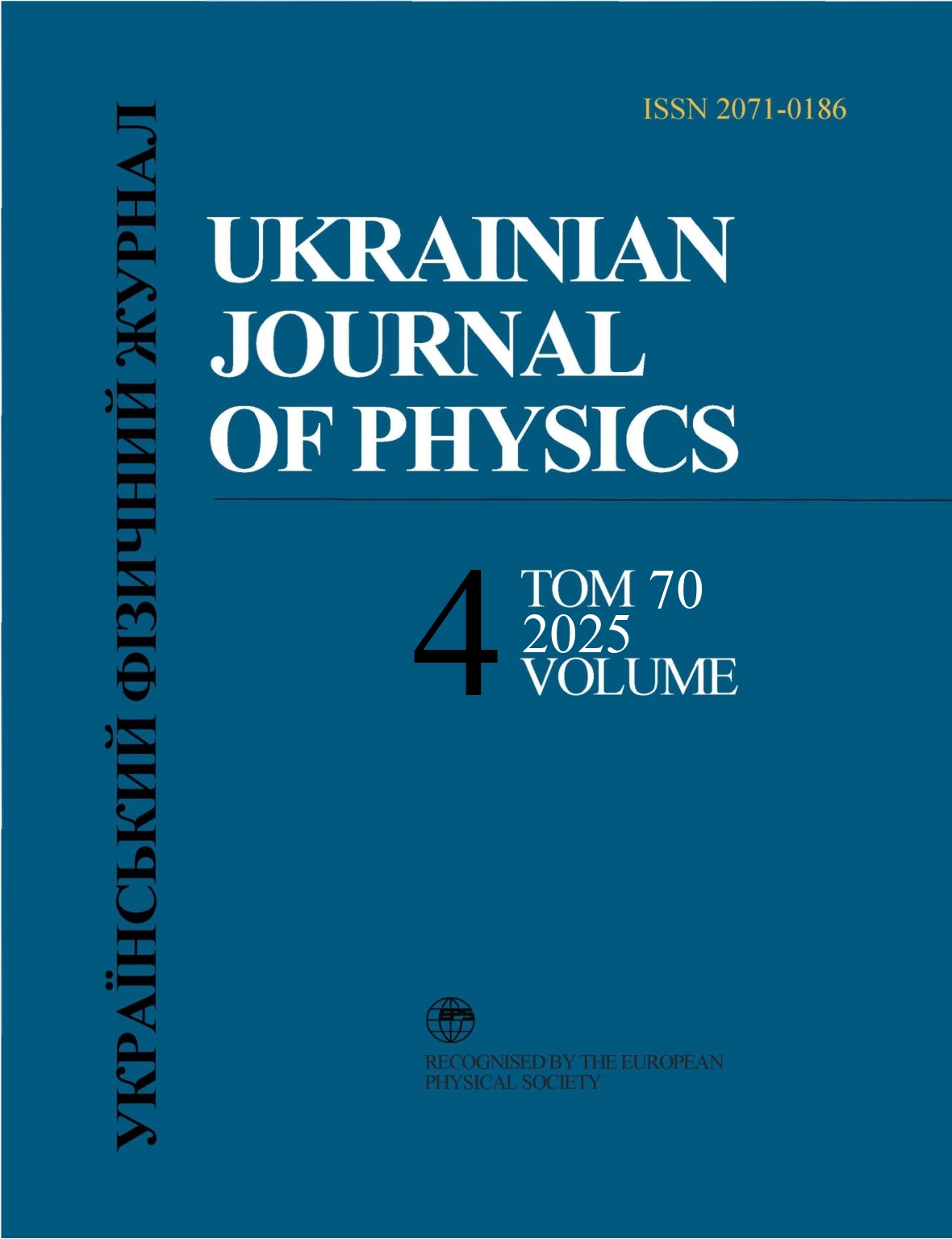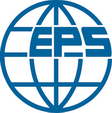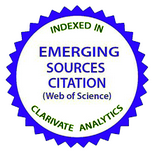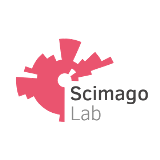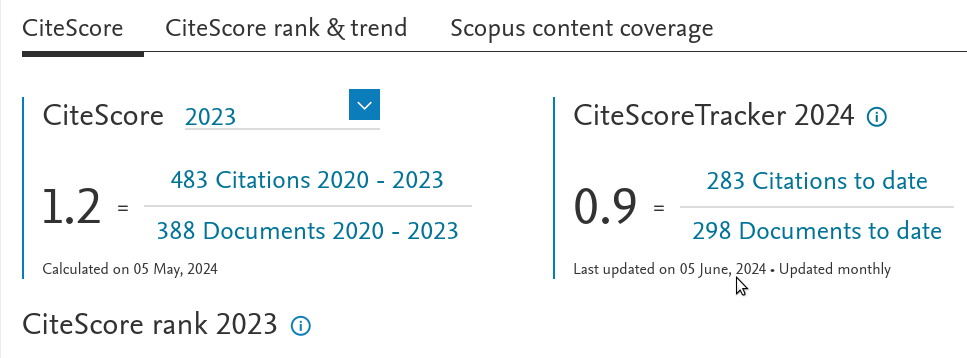Influence of Magnetic Field on Cartilage Tissue Deformability: Physical Mechanism
DOI:
https://doi.org/10.15407/ujpe70.4.244Keywords:
cartilage tissue, deformability, magnetic fieldAbstract
A structural model of cartilage tissue and the mechanism of influence of a magnetic field on the deformability of this tissue have been proposed. Proteoglycans are assumed to form layers whose surfaces are perpendicular to the direction of collagen fibers. The layers and the fibers are connected by adsorbed collagen chains. It has been shown that the magnetic field changes the arrangement of adsorbed chains. This leads to a change in the bending stiffness of the proteoglycan layers and, ultimately, a change in the deformability of the cartilage tissue as a whole. The proposed mechanism is testified making use of a model system. In the framework of this approach, the temperature dependences are obtained for the local shear compliance of a gelatin hydrogel subjected to a magnetic field. The experimental results agree with the proposed mechanism.
References
1. O.D. Lutsyk et al. Human Histology (Knyga Plyus, 2010) (in Ukrainian).
2. L.A. Bulavin, Yu.F. Zabashta. Physical Mechanics of Polymers (Kyiv University Publishing Center, 1999) (in Ukrainian).
3. O.S. Bur'yanov, T.M. Omelchenko. Osteoarthrosis (LENVIT, 2009) (in Ukrainian).
4. L.A. Bulavin, K.I. Gnatiuk, Yu.F. Zabashta, O.S. Svechnikova, V.I. Tsymbalyuk. Shear modulus and elasticity of cartilage tissue. Ukr. J. Phys. 64, 277 (2022).
5. Yu.F. Zabashta, V.I. Kovalchuk, O.S. Svechnikova, L.Yu. Vergun, L.A. Bulavin. Deformation and structure of cartilage tissue. Ukr. J. Phys. 69, 329 (2024).
https://doi.org/10.15407/ujpe69.5.329
6. J. Eschweiler et al. The biomechanics of cartilage-An overview. Life 11, 302 (2021).
https://doi.org/10.3390/life11040302
7. F. Horkay, P. Basser. Composite hydrogel model of cartilage predicts its load-bearing ability. J. Sci. Rep. 10, 8103 (2020).
https://doi.org/10.1038/s41598-020-64917-1
8. N.C. Hilyand. Mechanics of Cellular Plastic (Applied Science Publisher LTD, 1982).
9. Y.J. Frenkel. Kinetic Theory of Liquids (Clarendon Press, 1946).
10. P.G. de Gennes. The Physics of Liquid Crystals (Clarendon Press, 1979).
11. A.R. Khokhlov, A.Yu. Grosberg, V.S. Pande. Statistical Physics of Macromolecules (American Institute of Physics, 1994).
12. M. Karg et al. Nanogels and microgels: From model colloids to applications, recent developments, and future trends. Langmuir 35, 6231 (2019).
https://doi.org/10.1021/acs.langmuir.8b04304
13. P.G. de Gennes. Scaling Concepts in Polymer Physics (Cornell University Press,1979).
14. V.C. Mow, S.C. Kuei, W.M. Lai, C.G. Armstrong. Biphasic creep and stress relaxation of articular cartilage in compression: Theory and experiments. J. Biomech. Eng. 102, 73 (1980).
https://doi.org/10.1115/1.3138202
15. L.A. Bulavin, Yu.F. Zabashta, L.Yu. Vergun, O.S. Svechnikova, A.S. Efimenko. Boundary layers and shear elasticity of the "collagen-water" system. Ukr. J. Phys. 64, 34 (2019).
Downloads
Published
How to Cite
Issue
Section
License
Copyright Agreement
License to Publish the Paper
Kyiv, Ukraine
The corresponding author and the co-authors (hereon referred to as the Author(s)) of the paper being submitted to the Ukrainian Journal of Physics (hereon referred to as the Paper) from one side and the Bogolyubov Institute for Theoretical Physics, National Academy of Sciences of Ukraine, represented by its Director (hereon referred to as the Publisher) from the other side have come to the following Agreement:
1. Subject of the Agreement.
The Author(s) grant(s) the Publisher the free non-exclusive right to use the Paper (of scientific, technical, or any other content) according to the terms and conditions defined by this Agreement.
2. The ways of using the Paper.
2.1. The Author(s) grant(s) the Publisher the right to use the Paper as follows.
2.1.1. To publish the Paper in the Ukrainian Journal of Physics (hereon referred to as the Journal) in original language and translated into English (the copy of the Paper approved by the Author(s) and the Publisher and accepted for publication is a constitutive part of this License Agreement).
2.1.2. To edit, adapt, and correct the Paper by approval of the Author(s).
2.1.3. To translate the Paper in the case when the Paper is written in a language different from that adopted in the Journal.
2.2. If the Author(s) has(ve) an intent to use the Paper in any other way, e.g., to publish the translated version of the Paper (except for the case defined by Section 2.1.3 of this Agreement), to post the full Paper or any its part on the web, to publish the Paper in any other editions, to include the Paper or any its part in other collections, anthologies, encyclopaedias, etc., the Author(s) should get a written permission from the Publisher.
3. License territory.
The Author(s) grant(s) the Publisher the right to use the Paper as regulated by sections 2.1.1–2.1.3 of this Agreement on the territory of Ukraine and to distribute the Paper as indispensable part of the Journal on the territory of Ukraine and other countries by means of subscription, sales, and free transfer to a third party.
4. Duration.
4.1. This Agreement is valid starting from the date of signature and acts for the entire period of the existence of the Journal.
5. Loyalty.
5.1. The Author(s) warrant(s) the Publisher that:
– he/she is the true author (co-author) of the Paper;
– copyright on the Paper was not transferred to any other party;
– the Paper has never been published before and will not be published in any other media before it is published by the Publisher (see also section 2.2);
– the Author(s) do(es) not violate any intellectual property right of other parties. If the Paper includes some materials of other parties, except for citations whose length is regulated by the scientific, informational, or critical character of the Paper, the use of such materials is in compliance with the regulations of the international law and the law of Ukraine.
6. Requisites and signatures of the Parties.
Publisher: Bogolyubov Institute for Theoretical Physics, National Academy of Sciences of Ukraine.
Address: Ukraine, Kyiv, Metrolohichna Str. 14-b.
Author: Electronic signature on behalf and with endorsement of all co-authors.

